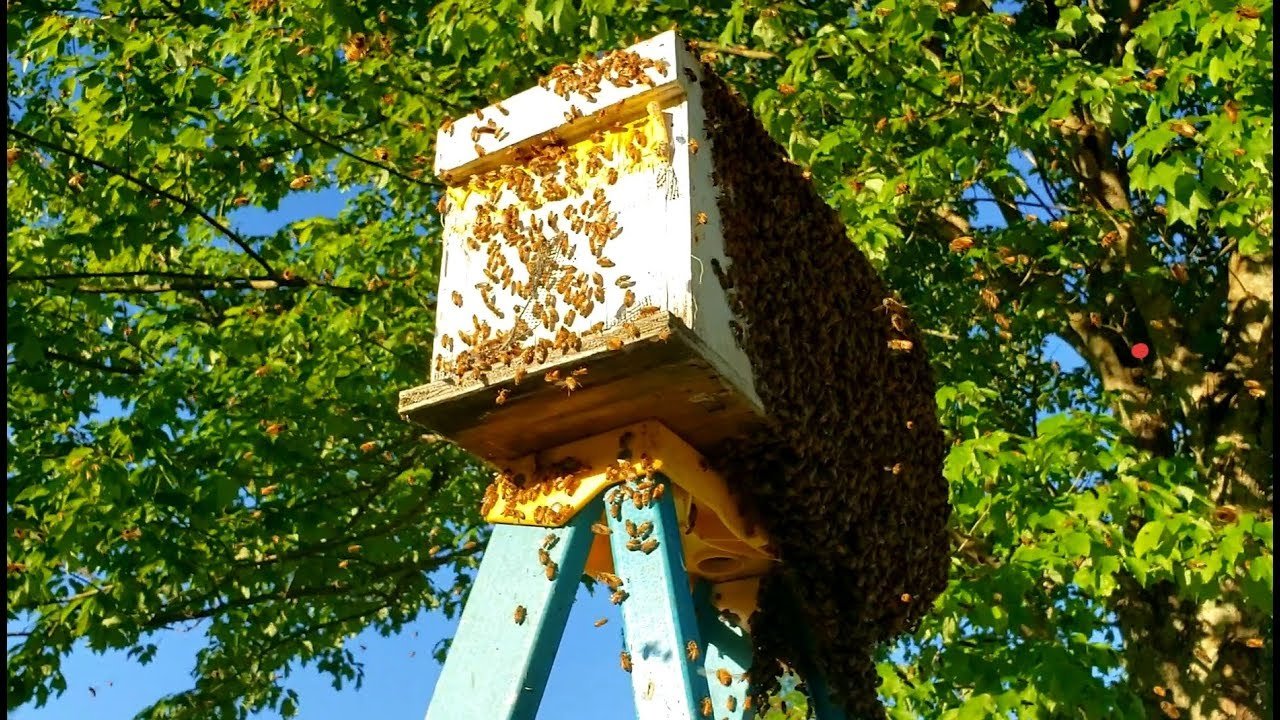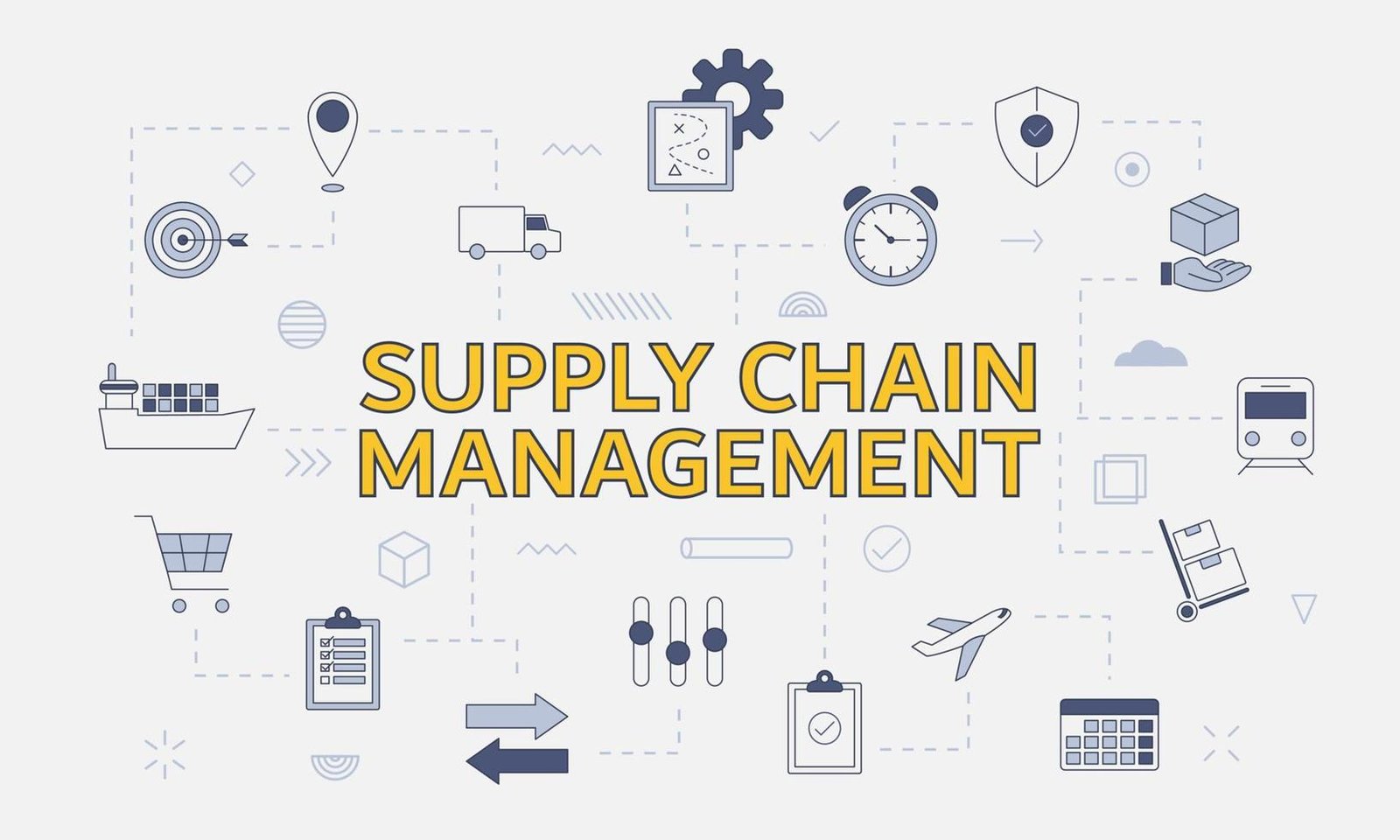Stories have the power to shape our understanding of the world, and when it comes to disabilities, they can play a crucial role in fostering empathy and awareness. Similarly, exploring the works of legendary figures like Orson Welles, understanding unique philosophical concepts like trash humanism, and delving into historical innovations like the macaroni machine can broaden our perspectives. Finally, for those interested in agriculture, knowing the top livestock species in Whitefield County, GA, can provide valuable insights. Let’s dive into these fascinating topics.
What is the Personality in a Story About Disabilities?
When crafting a story about disabilities, the personality of the characters is paramount. A well-developed personality ensures that characters are relatable, multidimensional, and not defined solely by their disabilities. Here’s how personality plays a role:
Key Elements of Personality in Disability Narratives
- Authenticity: Characters should reflect real-life experiences of individuals with disabilities. Avoid stereotypes and clichés.
- Agency: Give characters control over their lives and decisions. Their disability should not be their only defining trait.
- Growth: Show character development over time, highlighting their strengths, struggles, and triumphs.
- Empathy: Create emotional connections by showcasing their hopes, dreams, and challenges.
Examples of Well-Written Characters with Disabilities
- Forrest Gump (from Forrest Gump): While not explicitly about disability, Forrest’s character challenges societal perceptions of intellectual disabilities.
- Artie Abrams (from Glee): A wheelchair user whose personality shines through his humor, ambition, and passion for music.
- Auggie Pullman (from Wonder): A young boy with a facial difference who navigates school life with resilience and courage.
For more insights on crafting compelling characters, visit Big Write Hook co.uk.
What Are Three Characters That Orson Welles Had?
Orson Welles, a legendary filmmaker, actor, and writer, brought some of the most iconic characters to life. Here are three of his most memorable roles:
1. Charles Foster Kane (Citizen Kane)
- Often regarded as one of the greatest films of all time, Citizen Kane features Welles as the enigmatic newspaper magnate Charles Foster Kane.
- The character’s complexity, ambition, and eventual downfall make him a timeless figure in cinema.
2. Harry Lime (The Third Man)
- Welles played the charming yet morally ambiguous Harry Lime in this classic noir film.
- His portrayal of Lime’s duality—charismatic yet sinister—left a lasting impression on audiences.
3. Othello (Othello)
- Welles adapted and starred in Shakespeare’s Othello, bringing the tragic Moor of Venice to life with his commanding presence and emotional depth.
For more on Orson Welles and his contributions to art, check out Blog Srcyart Co.uk.
What is Trash Humanism?
Trash humanism is a philosophical and artistic movement that challenges traditional notions of value and beauty. It finds meaning in discarded or overlooked objects, emphasizing the inherent worth of all things.
Core Principles of Trash Humanism
- Reclamation: Transforming waste into art or functional items.
- Sustainability: Promoting environmental consciousness by reducing waste.
- Equality: Valuing the marginalized and overlooked, both in objects and people.
Examples of Trash Humanism in Art
- Collage Art: Using scraps of paper, fabric, and other materials to create new works.
- Upcycling: Turning old furniture or clothing into something new and valuable.
- Installation Art: Large-scale works made from recycled materials, often with a social or environmental message.
Trash humanism encourages us to rethink our relationship with waste and find beauty in the unexpected.
What Was the Importance of the Macaroni Machine?
The macaroni machine revolutionized the food industry and culinary traditions. Invented in the 18th century, it automated the production of pasta, making it more accessible and affordable.
Key Contributions of the Macaroni Machine
- Mass Production: Enabled the large-scale production of pasta, meeting growing demand.
- Cultural Impact: Popularized Italian cuisine worldwide, making pasta a staple in many households.
- Economic Growth: Boosted the food industry by creating jobs and new markets.
How It Changed the Culinary Landscape
- Diverse Pasta Shapes: The machine allowed for the creation of various pasta shapes, from spaghetti to penne.
- Global Influence: Pasta became a global phenomenon, influencing cuisines far beyond Italy.
- Convenience: Pre-packaged pasta made meal preparation quicker and easier for busy families.
The macaroni machine is a testament to how innovation can transform everyday life.
What Are the Top Livestock Species in Whitefield County, GA?
Whitefield County, Georgia, is known for its thriving agricultural sector. Livestock farming plays a significant role in the local economy. Here are the top livestock species in the area:
1. Cattle
- Beef Cattle: Raised for meat production, beef cattle are a major contributor to the county’s agricultural output.
- Dairy Cattle: Dairy farming is also prevalent, providing milk and other dairy products.
2. Poultry
- Broilers: Chickens raised for meat are a key livestock species, with Georgia being one of the top poultry-producing states in the U.S.
- Layers: Hens that produce eggs are also common, supporting both local and regional markets.
3. Swine
- Pigs are raised for pork production, with many farms focusing on sustainable and ethical farming practices.
Benefits of Livestock Farming in Whitefield County
- Economic Stability: Livestock farming provides jobs and supports local businesses.
- Food Security: Ensures a steady supply of meat, dairy, and eggs for the community.
- Environmental Stewardship: Many farmers adopt eco-friendly practices to protect the land and resources.
For more information on agriculture and farming practices, visit Big Write Hook co.uk.
Conclusion
From exploring the importance of personality in stories about disabilities to understanding the impact of the macaroni machine, these topics offer a wealth of knowledge and inspiration. Orson Welles’ iconic characters remind us of the power of storytelling, while trash humanism challenges us to see value in the overlooked. Meanwhile, the thriving livestock industry in Whitefield County, GA, highlights the significance of agriculture in our daily lives.
Whether you’re a writer, artist, historian, or farmer, there’s always something new to learn and appreciate. For more insights and resources, be sure to check out Big Write Hook co.uk and Blog Srcyart Co.uk.
















Leave a Reply